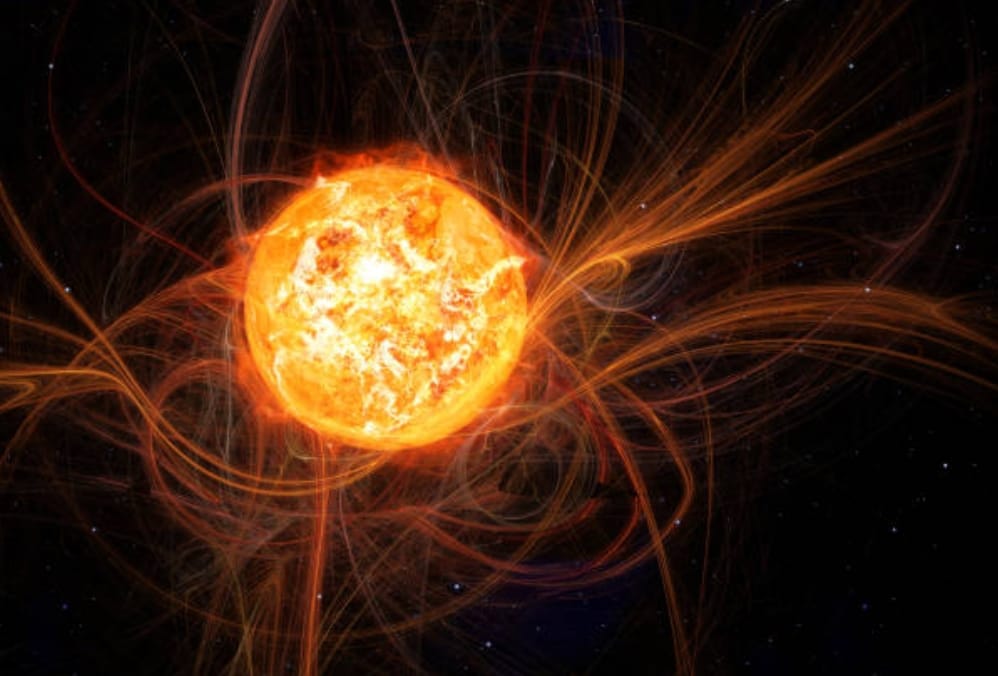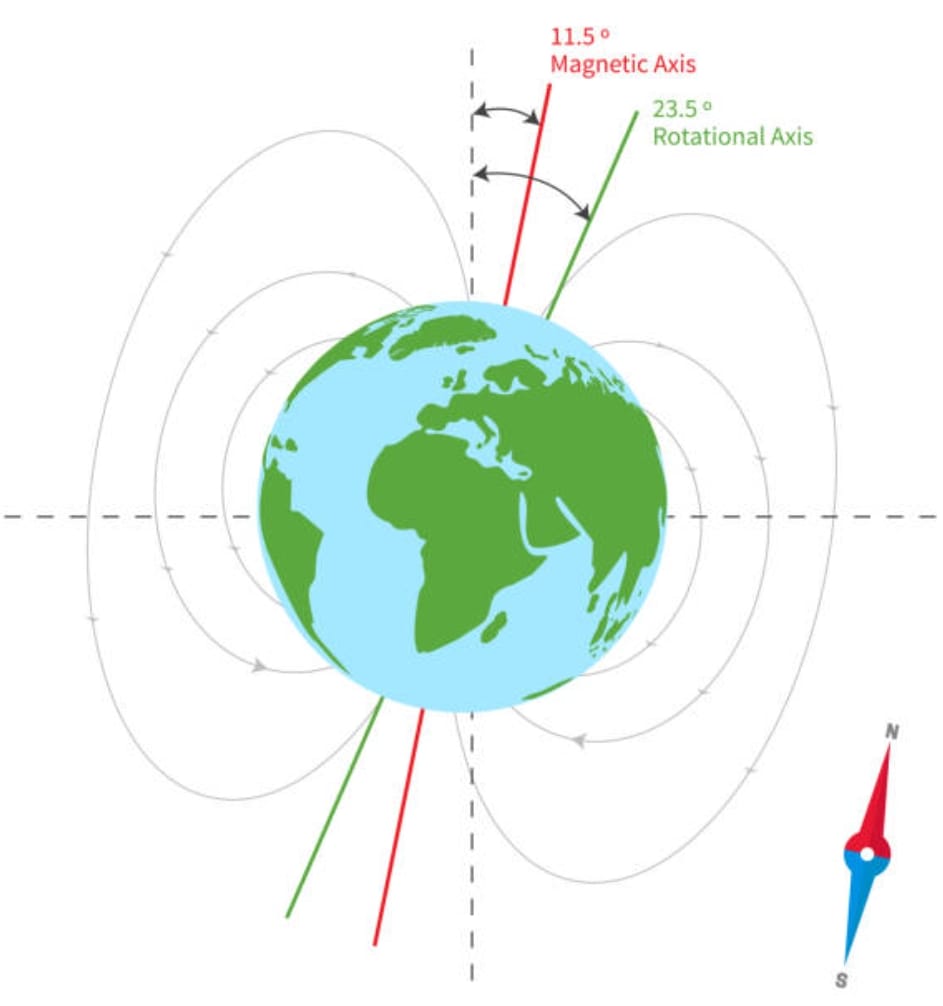Are Solar Storms About to Wipe Out Life on Earth?
Solar storms, driven by solar flares and coronal mass ejections (CMEs), can disrupt communications, power grids, and satellite operations. This article explores the science behind these phenomena, their historical impacts, and how we can prepare for future solar activity.

The Science Behind Solar Storms
Solar storms occur due to heightened activity on the Sun's surface, primarily driven by solar flares and coronal mass ejections (CMEs). Solar flares are intense bursts of radiation emitted by the Sun, releasing vast amounts of energy across the electromagnetic spectrum. These flares can disrupt radio communications and affect the ionosphere, leading to communication disturbances.
On the other hand, CMEs are massive eruptions of solar plasma and magnetic fields that propel into space. When these CMEs interact with Earth's magnetosphere, they can cause geomagnetic storms, resulting in enhanced auroras (Northern and Southern Lights) and disturbances in satellite operations, including GPS and communication systems. Solar storms can also induce electric currents in power lines, potentially causing power outages and damaging electrical infrastructure. Moreover, increased radiation during solar storms poses risks to astronauts and high-altitude flights.

How does that occur?
Solar storms occur due to intense activity and disturbances on the Sun's surface. One of the primary drivers is solar flares, sudden releases of magnetic energy that result in bursts of radiation across various wavelengths. These flares can happen when magnetic field lines in the Sun's atmosphere become twisted and stressed, rapidly releasing energy. Another significant contributor to solar storms is coronal mass ejections (CMEs), massive eruptions of solar plasma and magnetic fields into space. These CMEs are often associated with solar flares but can also occur independently. When these charged particles and magnetic fields from solar flares and CMEs reach Earth, they interact with our planet's magnetosphere, causing disturbances. This interaction can lead to geomagnetic storms, affecting Earth's magnetic field and resulting in phenomena such as auroras and disruptions in satellite communications, GPS systems, and power grids.

Historical Solar Storms: Lessons from the Past
The frequency of occurrence of solar flares varies with the 11-year solar cycle. It can typically range from several per day during solar maximum to less than one every week during solar minimum. Additionally, more powerful flares are less frequent than weaker ones.
The first solar storm was detected on September 1, 1859. Afterward, solar storms were detected continuously; more than 40 were recorded. Powerful solar storms were recorded in 1859, 1972, 1989, 2000, 2003, 2006, 2022, and 2024.
May 2024 Solar Storm: A Modern-Day Spectacle
In early May 2024, Earth experienced one of the most powerful solar storms in over two decades. This event has drawn significant attention due to its potential impacts and stunning celestial displays. The storm, triggered by multiple coronal mass ejections (CMEs) from a massive sunspot region known as AR3664, reached Earth on May 10 and has continued to influence various systems through the weekend.
Communications and Power Grids: The storm caused temporary blackouts in high-frequency (HF) radio signals and degraded GPS accuracy. While major power outages like those during the 1989 Quebec blackout were not reported, power companies across North America and other regions took precautionary measures. Telecommunications companies like AT&T and T-Mobile monitored their networks closely, although significant impacts on cell services were unlikely due to the different frequencies used.
Satellites and Spacecraft: The increased radiation levels posed risks to satellites and astronauts, and some satellites, such as the GOES-16 weather satellite, experienced temporary data transmission issues. However, despite these disruptions, most satellite operations remained functional.
Auroras: One of the most visually stunning effects of the storm was the widespread auroras, visible much farther from the poles than usual. Spectacular displays were reported as far south as Alabama and Northern California in the United States and globally in New Zealand, Chile, South Africa, and even Uruguay.
Looking Ahead to 2025: Preparing for the Peak
In 2025, we can expect increased solar activity as the Sun reaches its solar maximum, the peak of its 11-year magnetic activity cycle. This heightened activity will likely result in more frequent and intense solar storms, which can significantly impact Earth and our technology. CMEs can cause geomagnetic storms that affect power grids, leading to widespread blackouts. A severe storm could knock out power for millions of people and take years to repair fully. Satellites are also at risk. Solar storms can damage their electronics, leading to a loss of communication and navigation systems, impacting everything from GPS to television broadcasts.
How are we safe?
We are relatively safe from the direct impact of solar storms due to several protective factors.
- Earth's magnetosphere acts as a shield, deflecting and absorbing the majority of the charged particles and radiation from solar storms.

- satellite operators and space agencies monitor space weather and can temporarily adjust satellite operations to minimize potential disruptions.
- Advancements in space weather forecasting and early warning systems allow us to prepare and respond effectively to potential impacts of solar storms.
Stay Informed and Prepared
Solar storms, driven by solar flares and coronal mass ejections (CMEs), are fascinating yet potentially disruptive events originating from the Sun. While posing various risks, such as disruptions to communication systems, power grids, and satellite operations, these phenomena are mitigated by Earth's protective magnetosphere and atmospheric shielding. Our ability to forecast and monitor space weather has significantly improved, enabling proactive measures to safeguard technology and infrastructure. Through ongoing research and technological advancements, we continue to enhance our understanding of solar activity and improve resilience against the impacts of solar storms, ensuring safety and reliability in our modern world.




